 Yesterday saw the publication of a new scientific paper on the health care system in Nepal. The latest BU paper ‘Health facility preparedness of maternal and neonatal health services: A survey in Jumla, Nepal’ is a collaboration between academics at the University of Huddersfield, Liverpool John Moores University and the Centre for Midwifery, Maternal & Perinatal Health (CMMPH) at Bournemouth University [1]. This is the third paper led by Pasang Tamang, who is currently a PhD student at the University of Huddersfield [2-3].
Yesterday saw the publication of a new scientific paper on the health care system in Nepal. The latest BU paper ‘Health facility preparedness of maternal and neonatal health services: A survey in Jumla, Nepal’ is a collaboration between academics at the University of Huddersfield, Liverpool John Moores University and the Centre for Midwifery, Maternal & Perinatal Health (CMMPH) at Bournemouth University [1]. This is the third paper led by Pasang Tamang, who is currently a PhD student at the University of Huddersfield [2-3].
Prof. Edwin van Teijlingen
CMMPH
References
- Tamang, P., Simkhada, P., Bissell, P., van Teijlingen, E., Khatri, R., Stephenson, J., (2021) Health facility preparedness of maternal and neonatal health services: A survey in Jumla, Nepal, BMC Health Service Research 21:1023. https://rdcu.be/cyD01
- Tamang, P., Mahato, P., Simkhada P., Bissell, P., van Teijlingen, E. (2021) Pregnancy, Childbirth, Breastfeeding and Coronavirus Disease: What is known so far? Journal of Midwifery Association of Nepal (JMAN) 2(1): 96-101.
- Tamang, P., Mahato, P., van Teijlingen E, Simkhada, P. (2020) Pregnancy and COVID-19: Lessons so far, Healthy Newborn Network [14 April] healthynewbornnetwork.org/blog/pregnancy-and-covid-19-lessons-so-far/
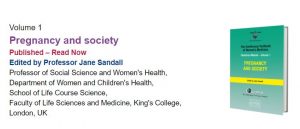
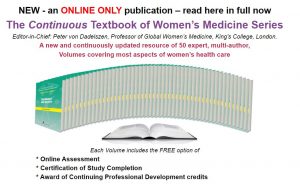
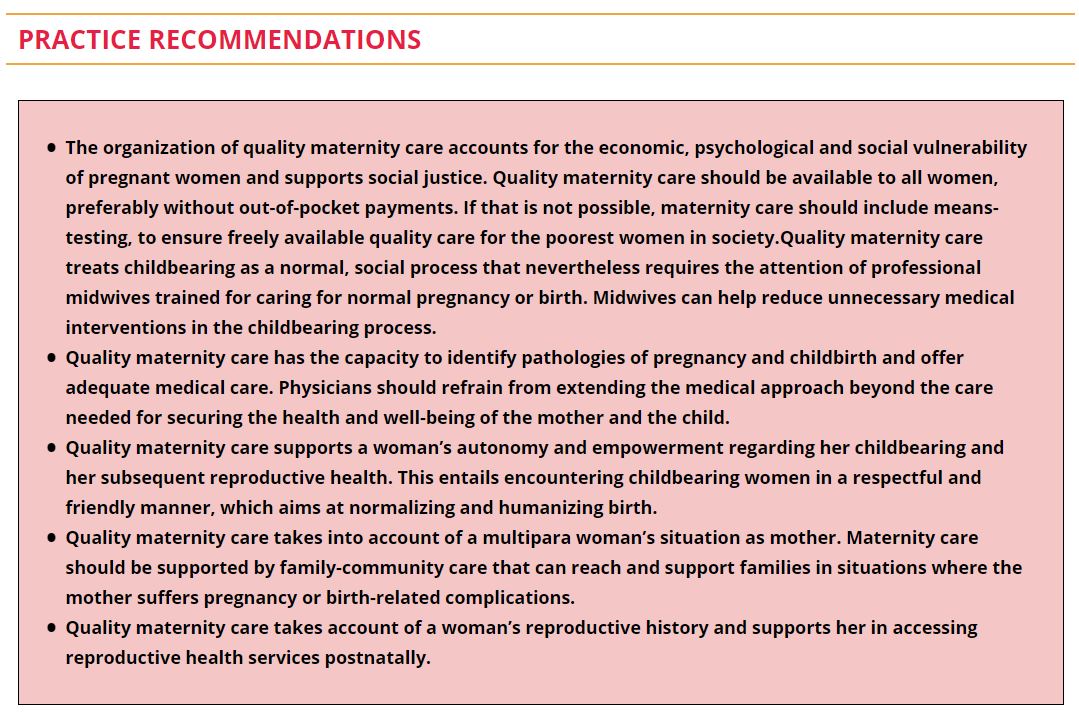
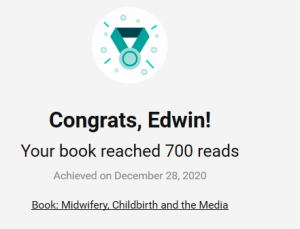
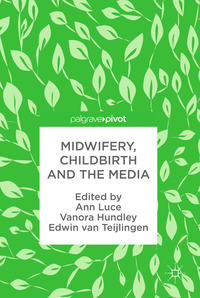
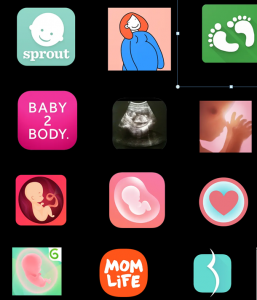
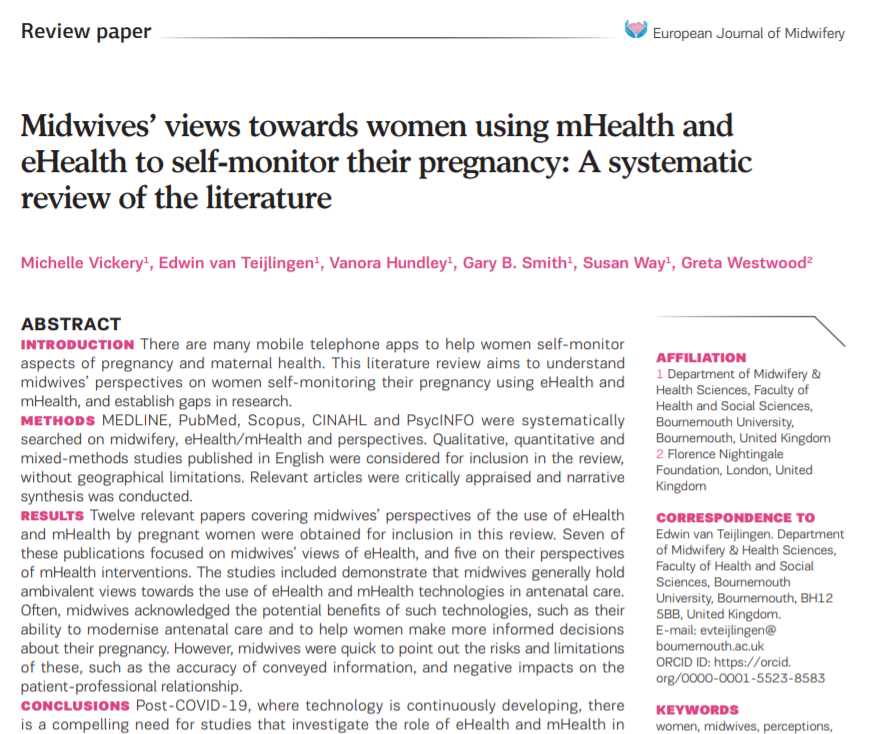

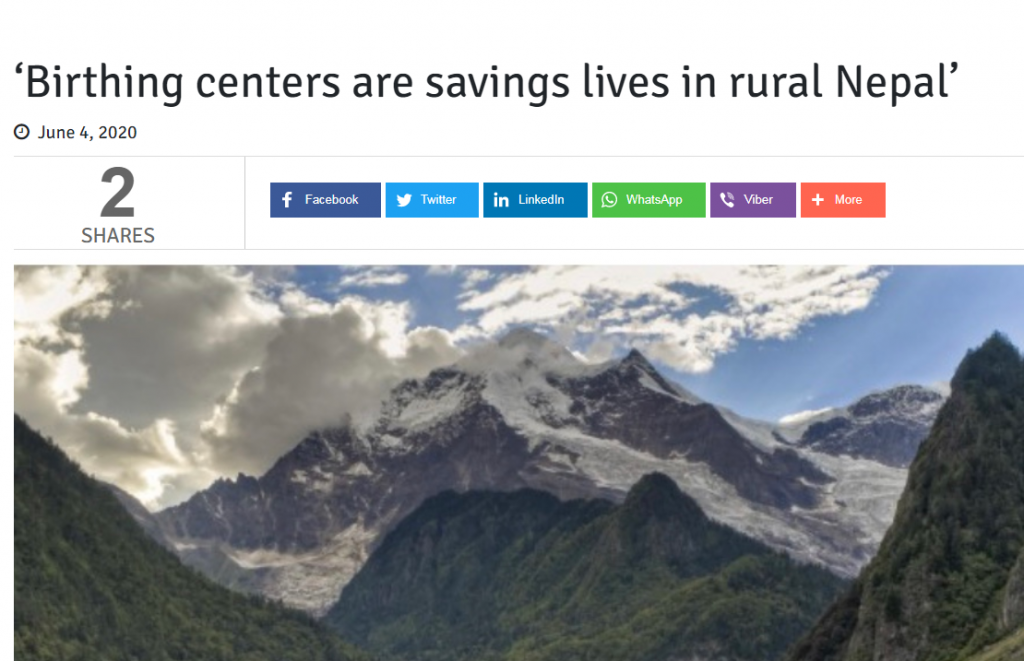
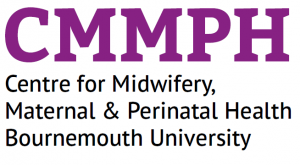
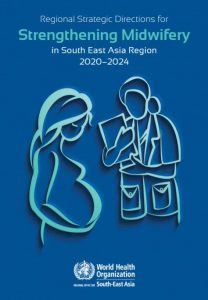
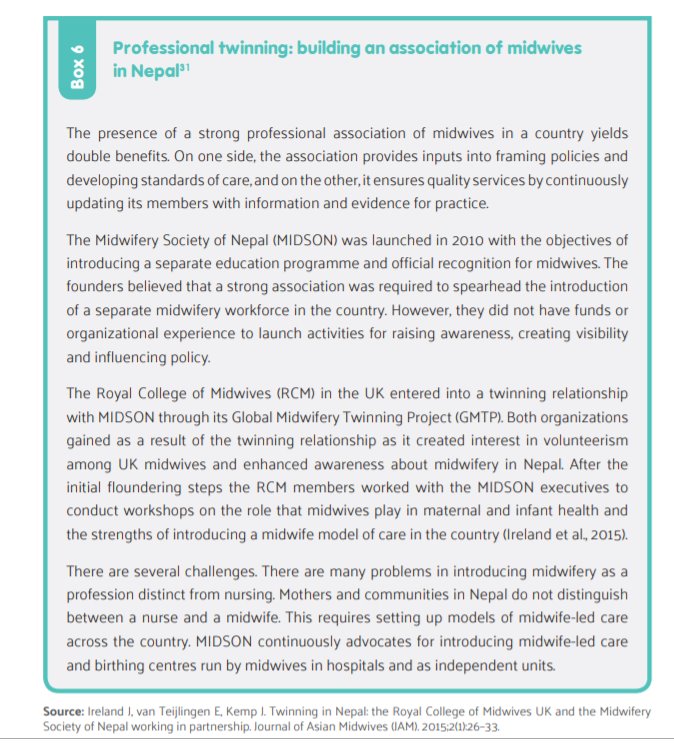
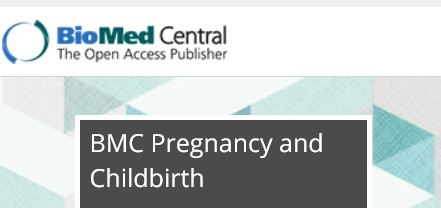
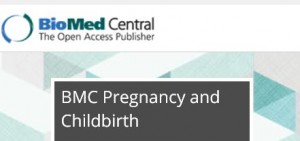


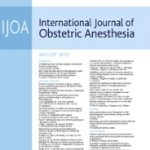


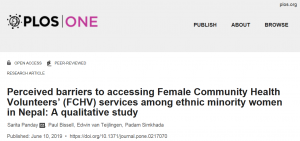

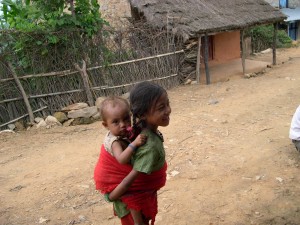




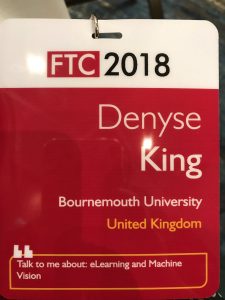
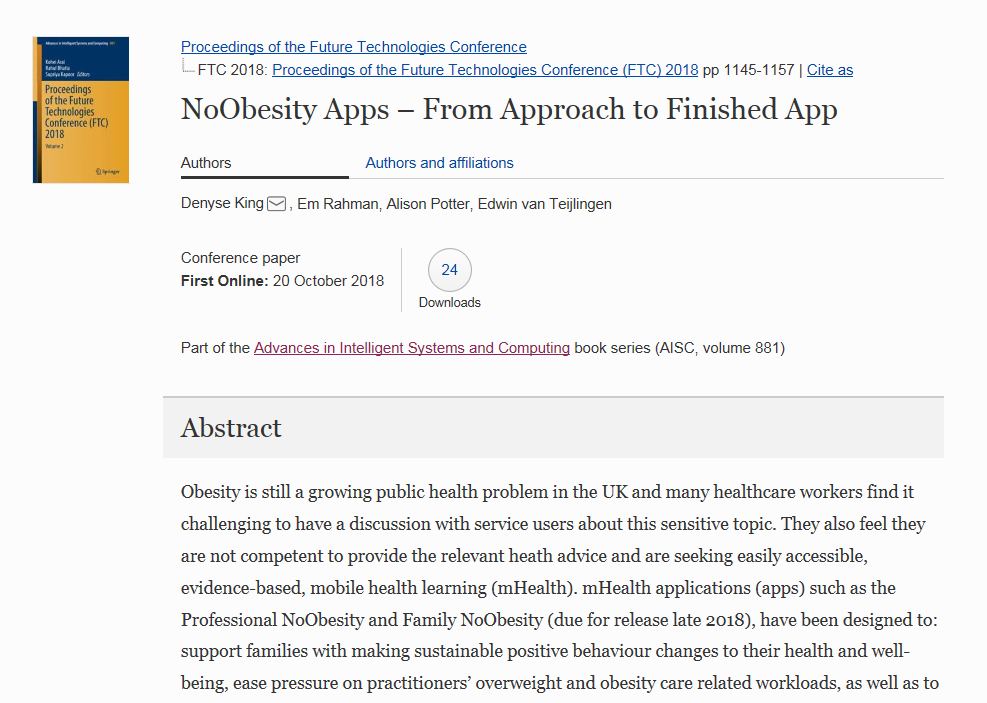
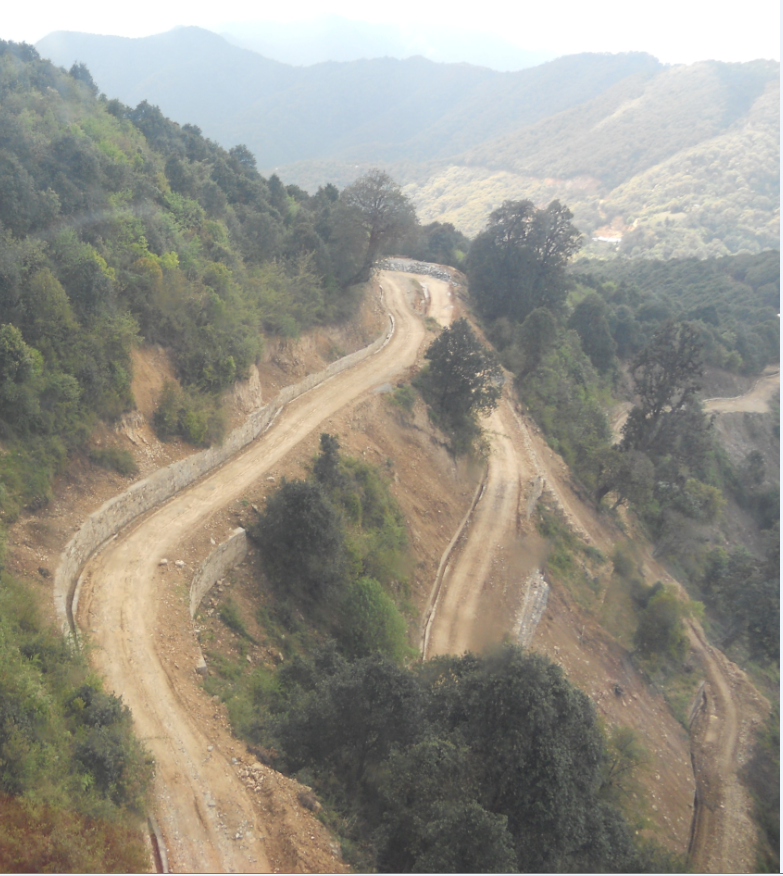


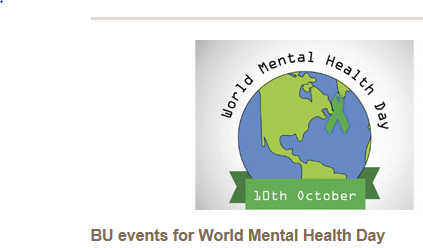
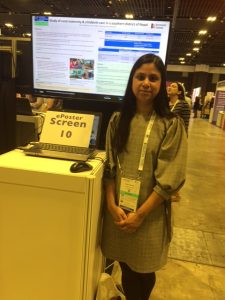
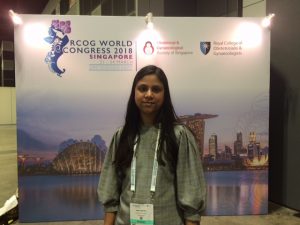

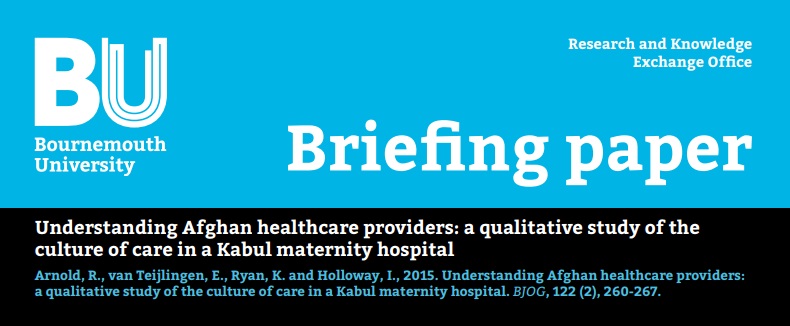 Our
Our 










 Final Bournemouth University publication of 2025
Final Bournemouth University publication of 2025 On Christmas Day in the Morning…
On Christmas Day in the Morning… New Nepal scoping review on maternal & neonatal health
New Nepal scoping review on maternal & neonatal health Fourth INRC Symposium: From Clinical Applications to Neuro-Inspired Computation
Fourth INRC Symposium: From Clinical Applications to Neuro-Inspired Computation ECR Funding Open Call: Research Culture & Community Grant – Application Deadline Friday 12 December
ECR Funding Open Call: Research Culture & Community Grant – Application Deadline Friday 12 December MSCA Postdoctoral Fellowships 2025 Call
MSCA Postdoctoral Fellowships 2025 Call ERC Advanced Grant 2025 Webinar
ERC Advanced Grant 2025 Webinar Horizon Europe Work Programme 2025 Published
Horizon Europe Work Programme 2025 Published Horizon Europe 2025 Work Programme pre-Published
Horizon Europe 2025 Work Programme pre-Published Update on UKRO services
Update on UKRO services European research project exploring use of ‘virtual twins’ to better manage metabolic associated fatty liver disease
European research project exploring use of ‘virtual twins’ to better manage metabolic associated fatty liver disease